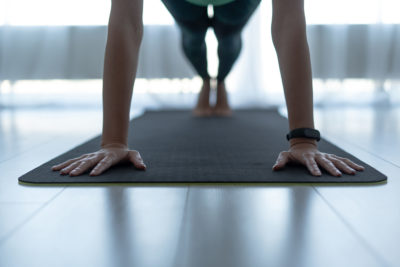In the quest for holistic well-being, therapeutic exercises play a crucial role in promoting mental and emotional health.
These exercises, often recommended by mental health professionals, can be powerful tools in managing stress, anxiety, and improving overall mood.
This article explores a variety of therapeutic exercises that individuals can incorporate into their daily routines to enhance their mental and emotional well-being.
Mindfulness Meditation
Mindfulness meditation has gained widespread recognition for its effectiveness in reducing stress and promoting mental clarity.
By focusing on the present moment without judgment, individuals can cultivate a sense of calm and increased self-awareness.
Starting with short sessions and gradually extending the duration can make mindfulness meditation accessible to beginners.
Deep Breathing Exercises
Deep breathing exercises, such as diaphragmatic breathing or belly breathing, help activate the body’s relaxation response.
By taking slow, deep breaths, individuals can reduce tension and promote a sense of calm. Practicing deep breathing exercises regularly can be a quick and effective way to manage stress in various situations.
Progressive Muscle Relaxation (PMR)
PMR involves systematically tensing and relaxing different muscle groups to release physical tension.
This exercise promotes a heightened awareness of the body and can be particularly beneficial for those experiencing muscle tension related to stress and anxiety. Regular practice can contribute to overall relaxation.
Guided Imagery
Guided imagery involves creating a mental image of a peaceful, calming place. Individuals can use scripts or recorded audio sessions that guide them through visualizing serene environments.
This exercise helps shift focus away from stressors, promoting relaxation and a positive mental state.
Journaling
Journaling provides a constructive outlet for expressing thoughts and emotions. Individuals can write about their experiences, feelings, and reflections.
This therapeutic exercise can enhance self-awareness, identify patterns, and offer insights into managing challenges.
Specific journaling techniques, such as gratitude journaling or expressive writing, can further tailor the practice to individual needs.
Art and Creativity
Engaging in creative activities, such as drawing, painting, or crafting, can be a therapeutic outlet for self-expression.
Artistic endeavors offer a non-verbal way to process emotions and provide a sense of accomplishment.
No artistic expertise is necessary; the focus is on the process rather than the final product.
Yoga and Tai Chi
Physical activities like yoga and tai chi combine movement, breath, and mindfulness, promoting both physical and mental well-being.
These practices help improve flexibility, balance, and relaxation. Regular participation in yoga or tai chi classes can contribute to a sense of overall calm and improved mood.
Conclusion
Incorporating therapeutic exercises into daily routines can be a proactive and empowering approach to mental and emotional well-being.
Whether through mindfulness practices, creative outlets, or physical activities, individuals have a variety of tools at their disposal to manage stress, build resilience, and foster a positive mindset.
Experimenting with different exercises and finding what resonates best is key to creating a personalized therapeutic routine that enhances overall mental and emotional health.

Leave feedback about this